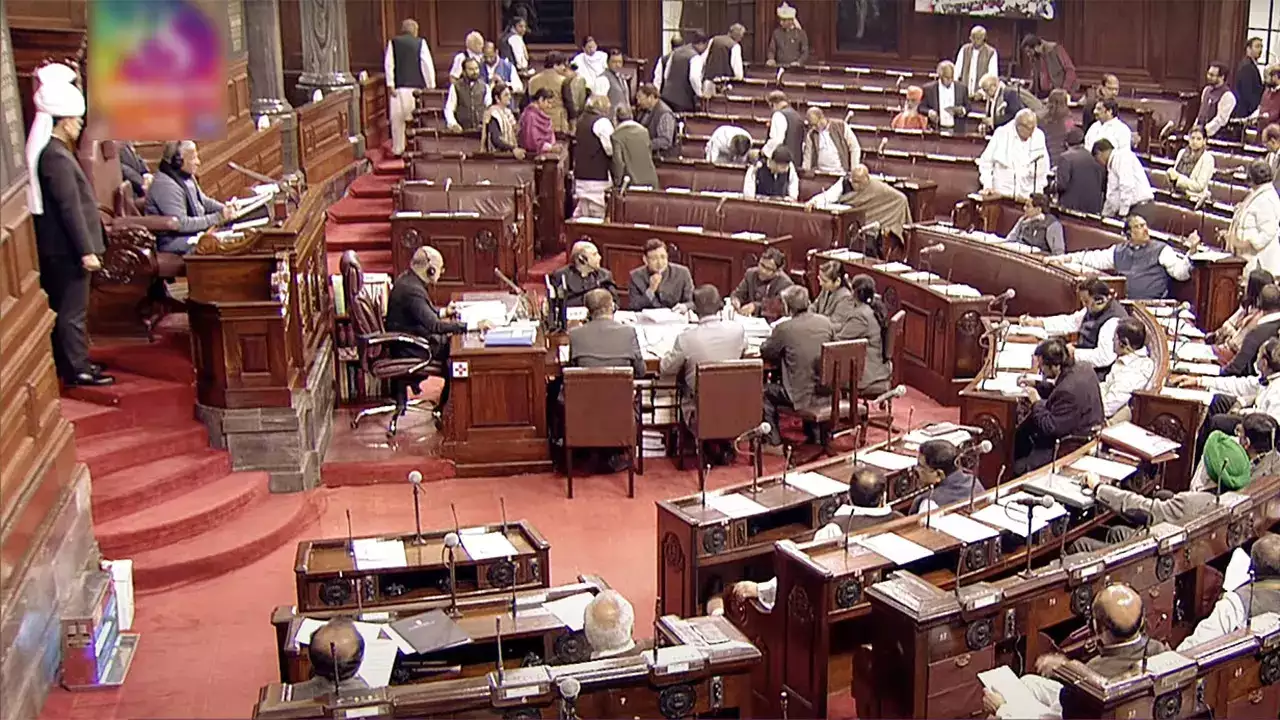NMC Caps MBBS Batch Size to 150 for New Medical Colleges
The National Medical Commission (NMC) has recently announced a new regulation that caps the MBBS batch size for MBBS courses in new medical colleges at 150 students. This decision comes as a part of the NMC’s efforts to maintain the quality of medical education in the country and ensure that students receive the best possible training.

Background
India has been witnessing a rapid increase in the number of medical colleges over the past few years. While this expansion has helped in addressing the shortage of doctors in the country, it has also raised concerns about the quality of education being imparted. The NMC, as the regulatory body for medical education in India, has been working towards addressing these concerns and bringing about necessary reforms.
The Need for Regulation
One of the key reasons behind the decision to cap the MBBS batch size is to ensure that the infrastructure and faculty in new medical colleges are adequate to provide quality education to the students. By limiting the number of students in each batch, the colleges can focus on maintaining a favorable student-to-faculty ratio, which is crucial for effective teaching and learning.
Additionally, a smaller batch size allows for better clinical training opportunities for students. With fewer students to accommodate, medical colleges can provide more hands-on experience and individual attention to each student, thereby enhancing their practical skills and overall learning experience.
Impact on Medical Education
While the decision to cap the MBBS batch size may initially lead to a reduction in the number of seats available for aspiring medical students, it is expected to have a positive impact on the overall quality of medical education in the long run. By ensuring that new medical colleges meet the necessary infrastructure and faculty requirements, the NMC aims to improve the standard of education and produce competent doctors.
Moreover, a smaller batch size can also contribute to a more personalized learning experience for students. They can have better access to resources, faculty guidance, and clinical training opportunities. This, in turn, can help them develop a deeper understanding of the subjects and gain practical skills that are essential for their future medical practice.
Conclusion
The NMC’s decision to cap the MBBS batch size for MBBS courses in new medical colleges at 150 students is a step towards ensuring quality medical education in India. By focusing on maintaining a favorable student-to-faculty ratio and providing better clinical training opportunities, this regulation aims to produce competent doctors who can contribute effectively to the healthcare system.
While the reduction in the number of seats may pose temporary challenges for aspiring medical students, the long-term benefits of improved education and training opportunities outweigh the short-term drawbacks. It is expected that this regulation will contribute to the overall growth and development of the medical education sector in India.





